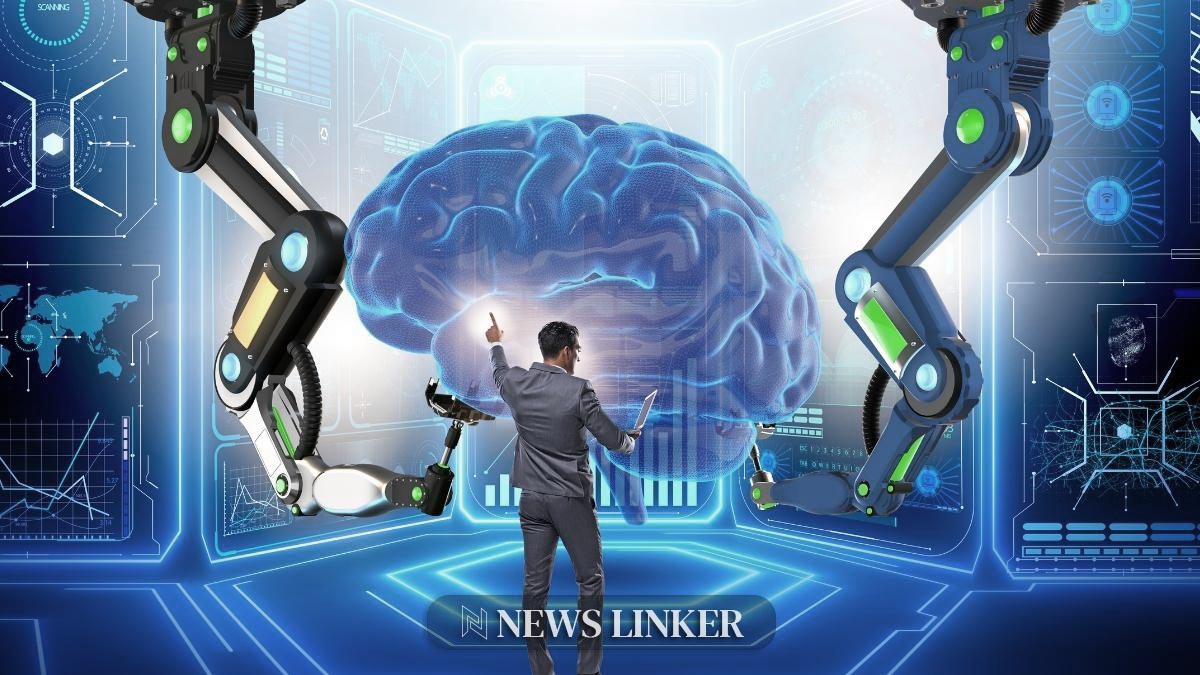Sanctuary AI has recently launched the seventh iteration of its Phoenix humanoid robot, marking yet another advancement in the realm of robotics with enhanced human-like capabilities. This new model of Phoenix, as revealed by the Vancouver-based firm, signifies a closer step toward achieving true human-like intelligence within general-purpose robots. Enhancements in both the robot’s hardware and its AI software, particularly the AI control system named Carbon, have been highlighted as key upgrades. These improvements aim to foster more accurate and varied human behavioral data collection, which is crucial for the training of AI models. CEO Geordie Rose expressed his enthusiasm about the rapid progress being made, emphasizing that the latest generation of Phoenix could significantly accelerate the development of foundational AI models and their deployment in practical environments.
Historical Progress and Technological Integration
The journey of Sanctuary AI’s robots illustrates a consistent effort to bridge the gap between robotic capabilities and human-like functionalities. Each new generation has introduced significant technological strides, not just in terms of physical design but also through sophisticated enhancements in artificial intelligence. The rapid succession of these developments, from the fifth to the seventh generation within a relatively short time frame, underscores a focused mission to refine and perfect the integration of hardware with advanced AI.
Comparative Insights from Industry Publications
Looking at similar ventures in the robotics field, two notable articles provide additional context and underline the industry-wide trend toward enhanced AI capabilities in robotics. An article from Engadget titled “Robotic Innovations Pave Way for Advanced AI Applications” and another from Wired, “How Robots are Learning Faster Than Ever Before,” both discuss how robotics companies are increasingly focusing on AI’s role in enabling robots to perform complex tasks more autonomously. These articles elucidate the broader industry efforts which mirror Sanctuary AI’s objectives, particularly their emphasis on the ability of robots to learn and adapt at unprecedented speeds.
Scientific Research Supporting AI Development
A recent paper published in the Journal of Robotics and Autonomous Systems, titled “Advancements in Humanoid Robotics: A Focus on AI Integration,” provides deep insights into the scientific community’s view on the progress of AI in robotics. The paper highlights that improvements in sensory data processing and machine learning algorithms are crucial for achieving more autonomous and efficient robots, which aligns closely with the advancements reported by Sanctuary AI in their latest Phoenix robot model.
Key Inferences from Developments
- Enhanced sensory and processing capabilities in Phoenix may reduce AI training times significantly.
- Collaborations with industry leaders like Magna International could accelerate practical deployments of AI robots in various sectors.
- Advancements in AI and robotics could lead to broader applications in industries beyond just manufacturing and retail.
In conclusion, the advancements introduced in the latest Phoenix humanoid robot by Sanctuary AI not only signify technological progress but also potential shifts in how industries might leverage general-purpose robots in the near future. The improvements in AI and hardware, as seen with Phoenix, are likely to enhance the robot’s adaptability and efficiency in performing diverse tasks, thereby opening new avenues for its application across different sectors. This ongoing evolution in robotics could herald a new era where human-like robots become a common sight in everyday business operations, contributing to various facets of industry and society.










